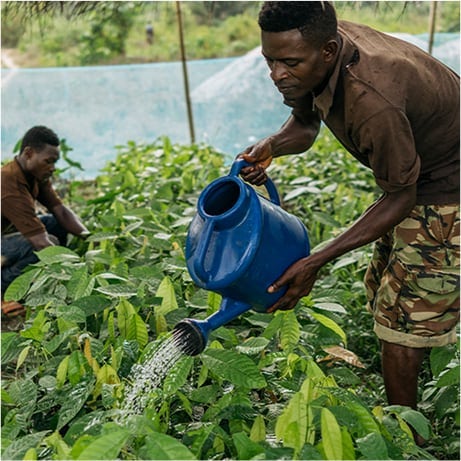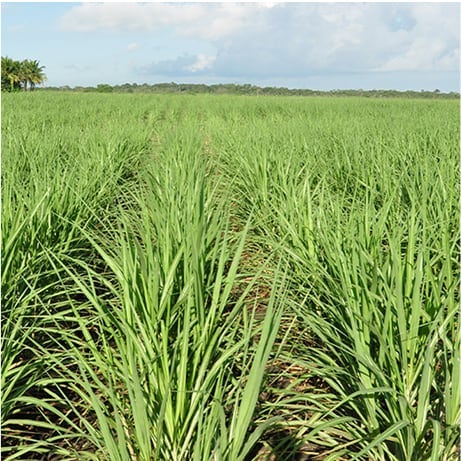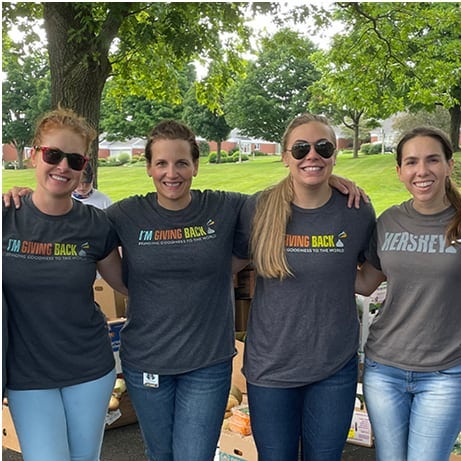Environment
Doing good by the planet is good business.
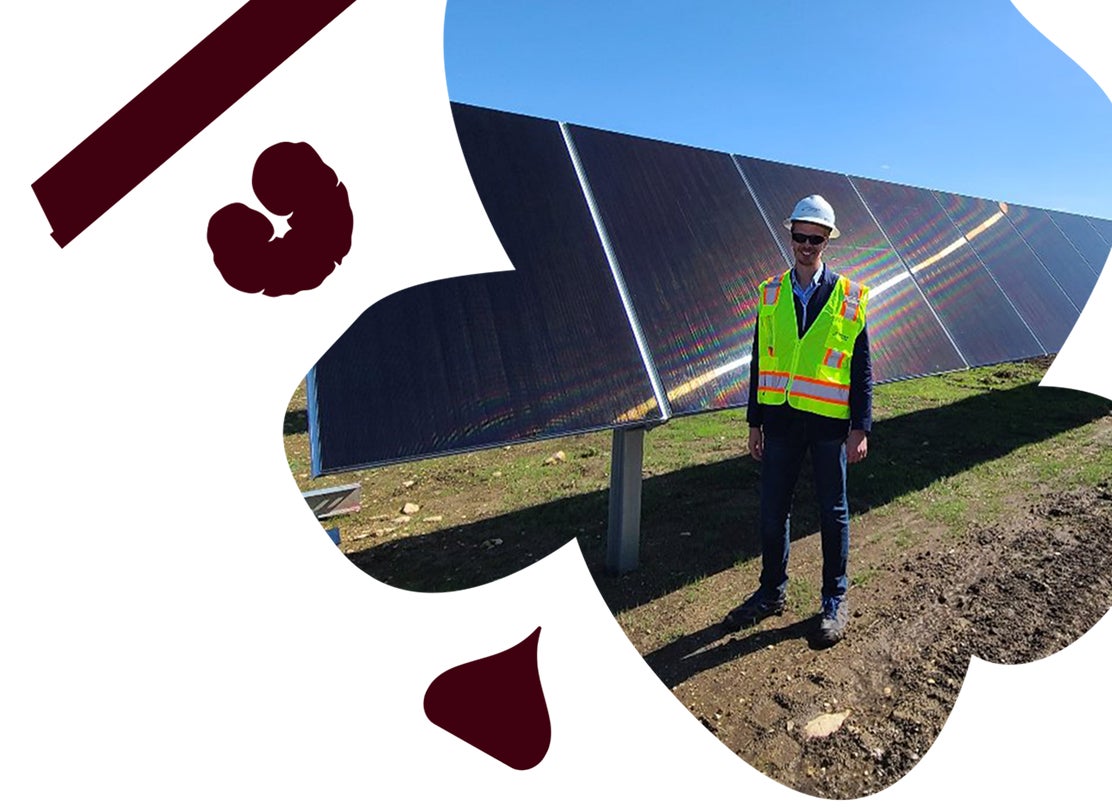
Our business depends upon the health of the planet — the air we breathe, the water that nourishes the earth and the soil in which our ingredients grow. That’s why environmental stewardship continues to be integral to our business strategy. Hershey is committed to doing our part to create positive change, safeguarding our planet and our business for continued success in the decades to come. From careful stewardship of energy and greenhouse gas emissions, to reducing our packaging waste and water stewardship, our goal is to put more goodness inside the products people love.
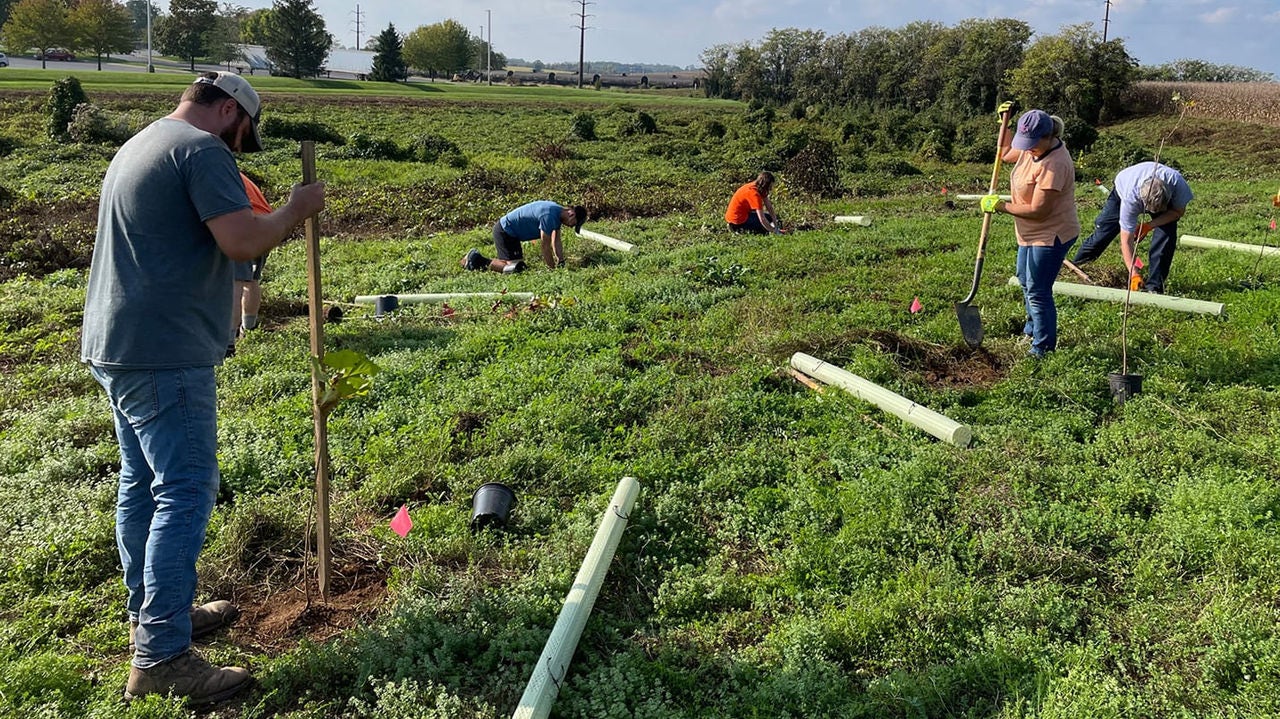
Our Climate Strategy
Global challenges related to climate change and resource scarcity continue to grow. To strengthen long-term business resilience, Hershey pursues strong sustainability practices throughout our operations and value chain.
We also recognize we have a role to play in a world deeply impacted by environmental challenges, including:
- Increasing frequency and severity of extreme weather events
- Rising temperatures and heat stress
- Growing water scarcity
- Accelerating biodiversity loss
Our climate strategy is focused on resilience for the planet and for our business by reducing our carbon footprint and managing our climate risk.
Reducing Our Footprint
Reducing Energy Consumption
Reducing the energy consumption of Hershey manufacturing is a critical driver for reducing our emissions and improving our operational efficiency. We maintain a strong focus on performance through the active oversight of our Energy and Water Steering Committee, which regularly evaluates progress on energy performance and guides initiatives to enhance energy efficiency.
Renewable and Zero-Emissions Electricity
We continue to advance towards our goal to source 100% of electricity from renewable and zero-emission sources by 2030. We are proud to have many of our facilities around the world leveraging renewable and zero-emissions electricity. This includes almost all domestic North American manufacturing and multiple international manufacturing facilities and offices.
Value Chain Emissions
These emissions continue to represent the vast majority of our greenhouse gas footprint, with a significant portion coming from our agricultural ingredients. Addressing agricultural emissions remains our primary focus. We prioritize actions to reduce emissions through:
- Strong responsible sourcing practices
- Avoiding land use change for forest-based commodities, such as deforestation
- Investing in sustainable farming practices
We tailor our strategies to create more detailed roadmaps in our most significant emissions areas. Many of these involve agriculture and land use change. For more details on our emissions reduction efforts in specific supply chains, please see:
- Cocoa
- Dairy
- Sugar
- Palm Oil
For our non-agricultural emissions, we are focused on accelerating reduction actions to make progress through:
- Packaging design and reduction
- Logistics footprint optimization
- Internal waste reduction
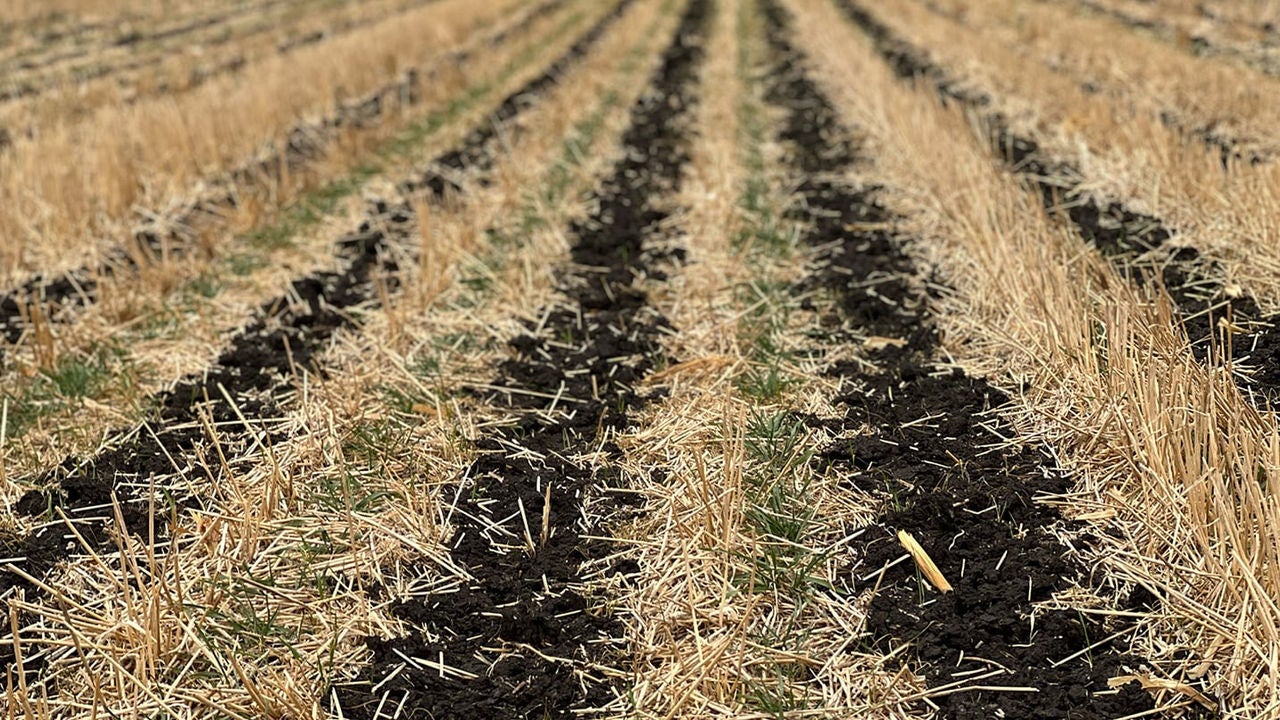
Water Conservation
Conserving supplies of clean water and protecting the natural environments in which our ingredients grow is crucial to our continued success. In 2024, we exceeded our goal of reducing absolute water consumption by 20%, against a 2018 baseline, in priority facilities where water is most scarce.
We achieved this goal through targeted equipment and process improvements, behavioral change and by integrating energy and water data across our company’s supply chain performance management systems. This provided greater visibility into usage patterns and opportunities for improvement.
We continue to seek additional opportunities for reduction efforts.
Nature Stewardship
Our responsible sourcing strategy includes considerations for biodiversity, which are referenced in our Environmental Policy, Deforestation and Conversion-Free Policy and our commodity-specific policies. Our work focuses on taking proactive measures to support biodiversity in key ingredient supply chains and addressing deforestation.
Taking Action to Protect and Restore Nature
We contribute to several significant conservation and restoration initiatives:
- Mabi-Yaya Nature Reserve: We partner with the Foundation for Parks and Reserves of Côte d’Ivoire on conservation efforts in the Mabi-Yaya Nature Reserve.
- Kakum National Park: We work with partners to protect both the biodiversity of the Kakum Conservation Area and the financial well-being of the people who live and farm nearby.
- Lobu Tayas Village Forest: With the Forest Conservation Fund, we have invested to empower the people of Lobu Tayas to protect their local forest by securing land rights for over 12,000 hectares of forest in North Sumatra Province, Indonesia.
- Arbor Day Foundation: In 2024, we planted 125,000 trees globally and restored 220 acres in partnership with the Arbor Day Foundation.
Toward a Deforestation and Conversion-free Supply Chain
Forests and other natural ecosystems are critical for mitigating climate risks, improving climate change resiliency and safeguarding biodiversity. They also provide livelihoods for forest-based communities and Indigenous peoples. Deforestation, forest degradation and natural ecosystem conversion remain major global challenges with far-reaching implications for future generations.
We monitor and assess Deforestation and Conversion-Free (DCF) supply chains for our priority forest-risk commodities, through our expanded partnership with Earthworm Foundation and Airbus’s Starling satellite monitoring solution — a critical enabler to understanding performance. This helps us identify potential deforestation or conversion events and enables response and remediation.
We work with suppliers, industry and partners to address challenges in achieving our DCF targets, including:
- Increasing supply chain traceability to farm level or supply shed and access to polygon maps, particularly for smallholders and bulk commodities
- Evolving a “one size fits all” deforestation monitoring and response approach across commodities to address differences in sourcing models and supply chain complexities
- Focusing impact at origin where deforestation risk exists through landscape investments, agroforestry and tree planting
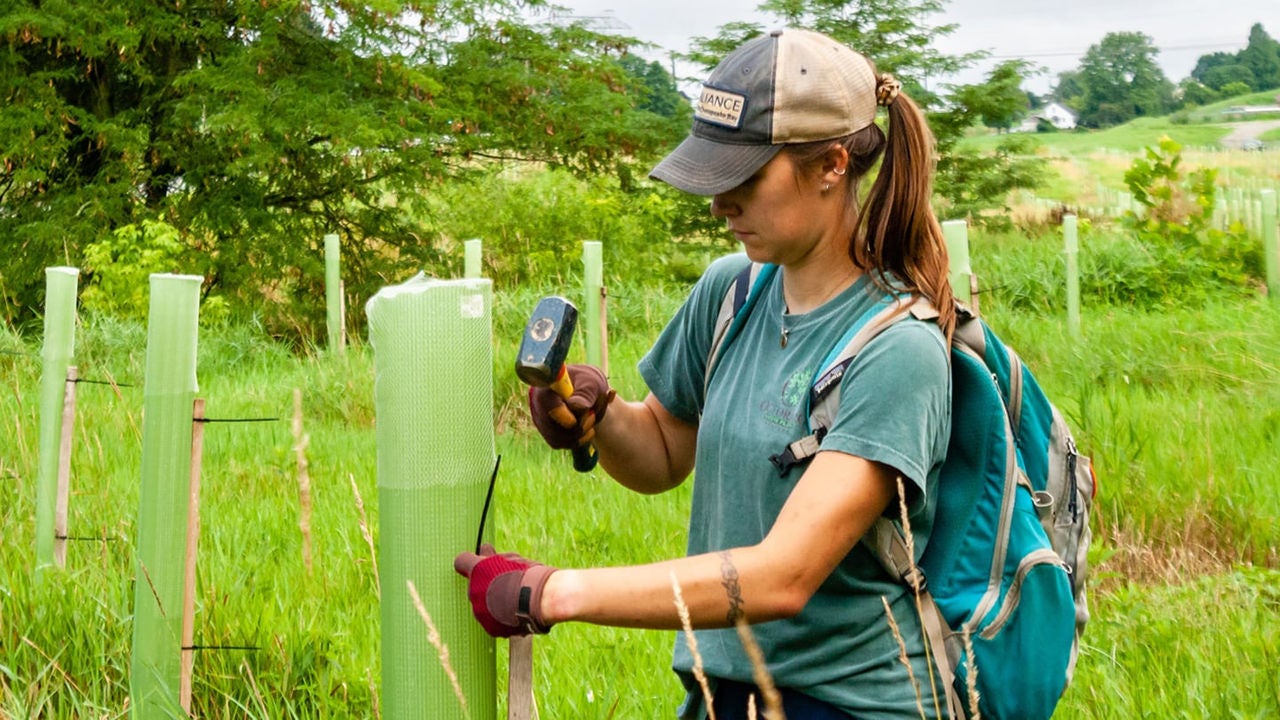
Packaging
Packaging is essential to ensure that our customers can enjoy safe, high-quality products. We also know that creating a sustainable future requires reducing the impact of packaging and therefore we are making progress by using less material, making sustainable design choices and enabling circular solutions.
Material Reduction
Reducing materials not only improves our environmental footprint, it also creates efficiencies for our business. We continue to reduce packaging material, eliminating 17.8M pounds of packaging and progressing to our 2030 goal to eliminate 25M pounds of materials.
Circularity Improvements
We recognize the importance of and remain focused on improving the circularity of our packaging portfolio and mitigating our impact through material choices and design improvements. Solving for flexible plastics continues to be a challenge due to limited recycling infrastructure and availability of scaled recyclable material solutions. To manage through these challenges, we are focusing on:
- Implementing Sustainable Design Principles
- Converting, where applicable, to mono-material packaging to improve recyclability
- Increasing recycled content in appropriate applications
- Eliminating PVC from our packaging portfolio
Waste Reduction
At Hershey, we recognize the importance of waste reduction to environmental stewardship. Effective waste management is essential to protecting natural resources and helping our business. It enables us to:
- Reduce demand on landfills and limit impact from waste disposal
- Improve reuse, and avoid the need for new resources to make new things
- Reduce costs by reusing resources or generating income by selling waste for beneficial use
We understand that what we see as waste may have value for others and has the potential to be repurposed. This understanding underpins our approach to recycling and our work to extend circular economy initiatives in our operations.
Reduce, Reuse, Recycle
Our waste management strategy is simple — comply with applicable laws and regulations and do what we can to be less wasteful throughout our network and supply chains. Employees consistently seek new ways to reduce, reuse and recycle materials, and we work closely with our Green Teams to keep waste management front-of-mind.
Latest Environment Stories and Updates
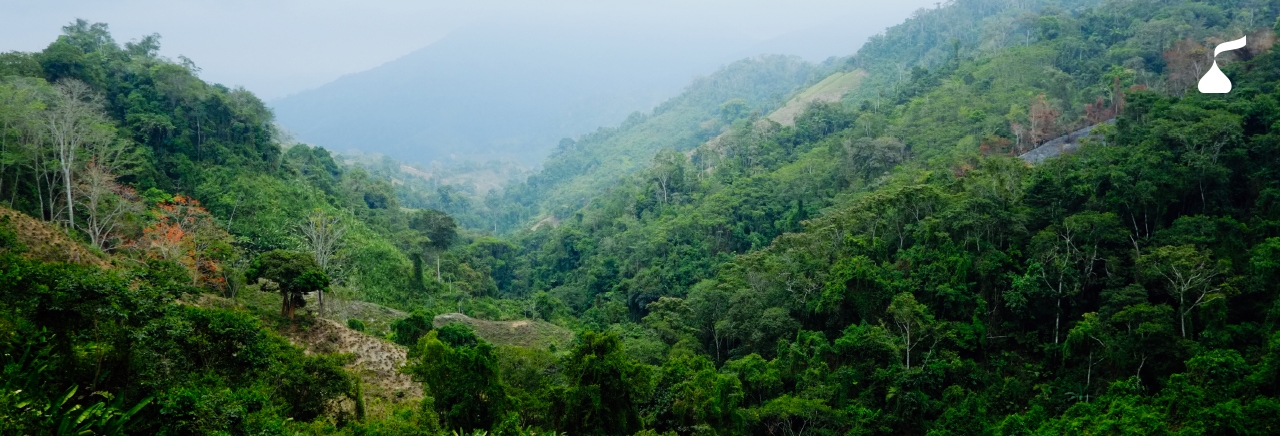
Hershey announced today that it has updated its 2030 science-based greenhouse gas (GHG) emissions reduction targets against the latest standards.
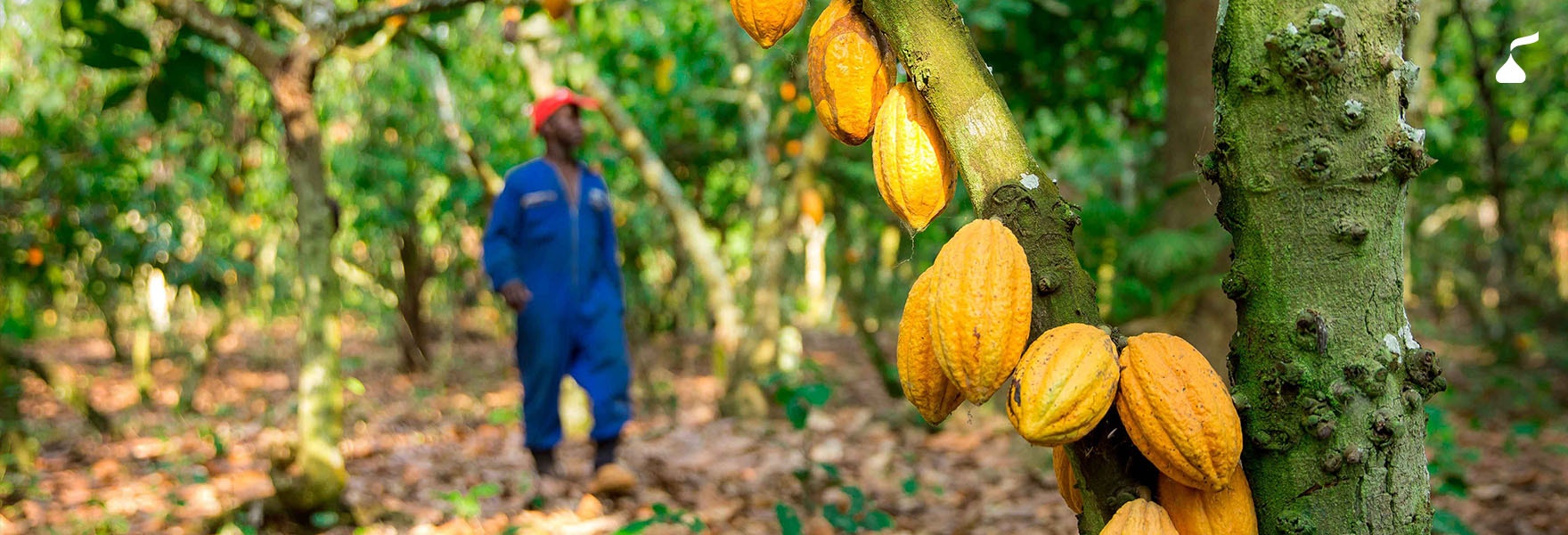
Living in the world’s top two cocoa-producing countries, the importance of cocoa is apparent everywhere around us. Revenue earned from the export of this crop provides for so much, from the construction of major national roadways and bridges to the provision of sorely needed village health clinics and wells for drinking water, to a reliable source of household income.
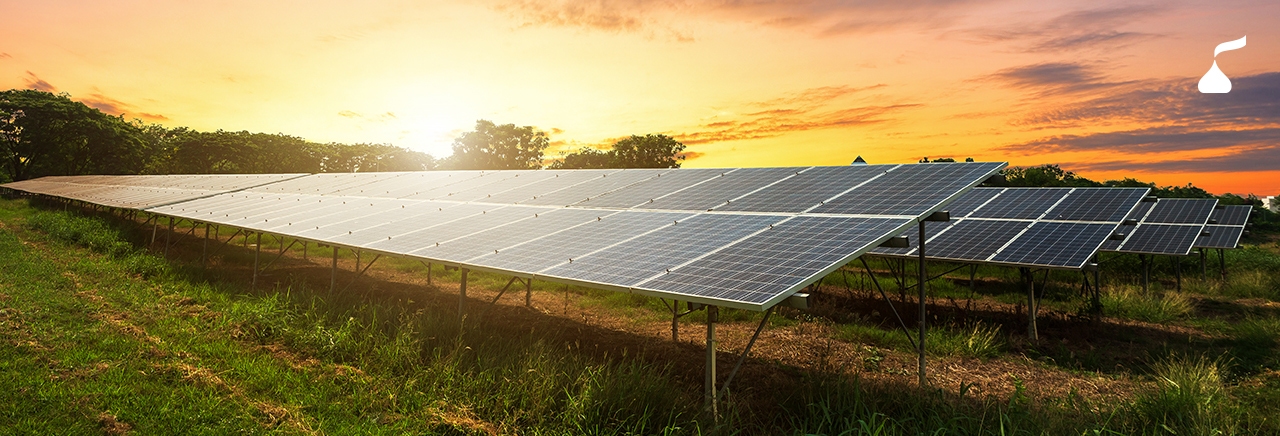
Over the past 14 years, I have spent much of my career focused on nut research and purchasing. For more than five years, I have been responsible for Hershey’s procurement of peanuts and almonds.
